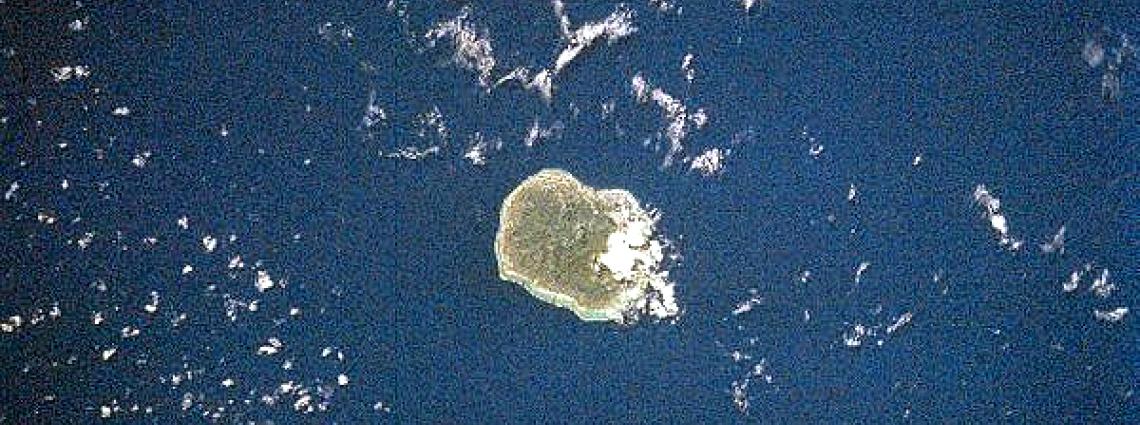RN23, Rarotonga, Cook Islands
Thumbnail profile: Rarotonga
Their total 241 km² land area is spread over 2.2 million km² of ocean, an area as large as Western Europe. They are divided into two distinct groups: the six older atolls of the Northern Cook Islands and the nine larger Southern Cook Islands.
History
The Cook Islands were first settled in the 6th century AD by Polynesians migrating from Tahiti to the southeast. The first European landing was made by a Spaniard, Pedro Fernández de Quirós in 1606, who called the inhabitants Gente Hermosa, the "beautiful people".
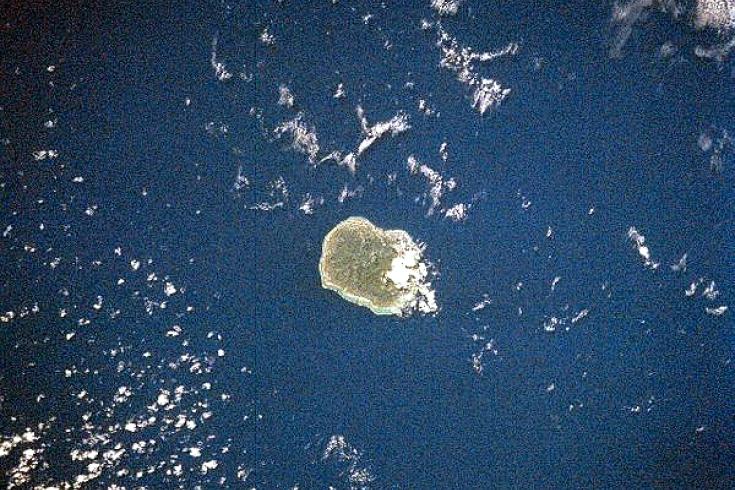
Satellite view of Rarotonga
In 1985, the Rarotonga Treaty created a South Pacific Nuclear-Weapon-Free-Zone. It banned the use, testing and possession of nuclear weapons within the borders of that zone, which includes Australia, the Cook Islands, Kiribati, Nauru, New Zealand, Niue, Papua New Guinea, the Solomon Islands, Tonga, Tuvalu, Vanuatu and Western Samoa.
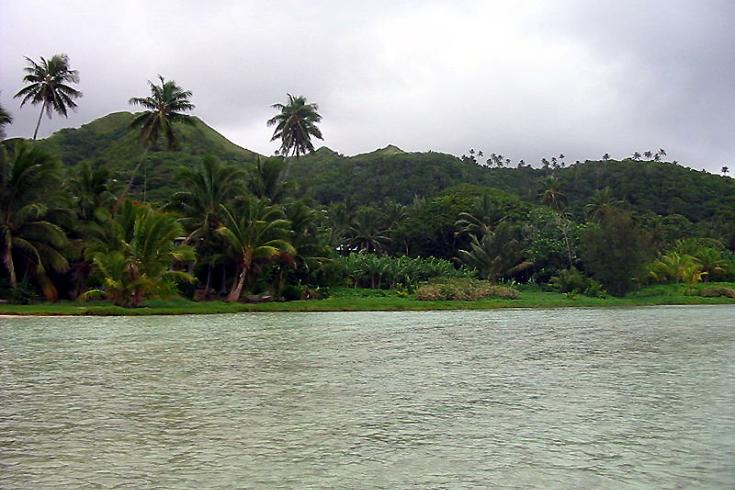
In 1888, at their own request, the Cook Islands became a British protectorate.
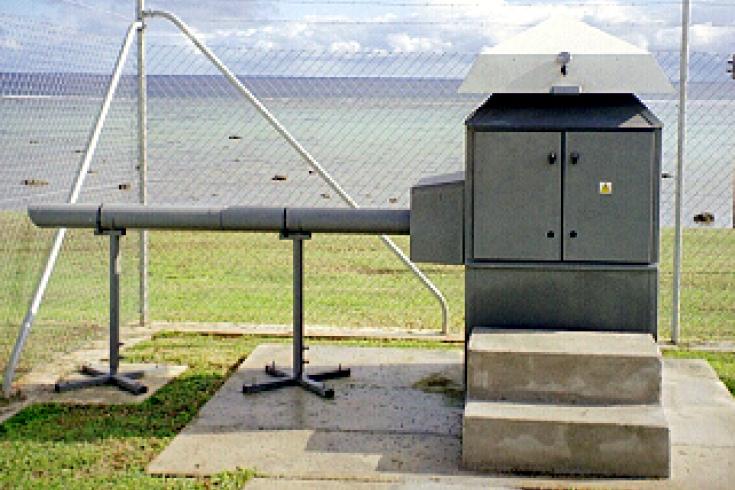
The originally installed French-made ASS 500 air sampler.
Geology and Climate
The larger southern islands are the continuation of the Austral Islands, lying along the same north-east / south-west fracture of the Earth's crust. The interior of the islands is dominated by eroded volcanic peaks cloaked in dense vegetation and remains largely unpopulated due to forbidding terrain and lack of infrastructure.
The island is surrounded by a lagoon that extends several hundred metres to the reef, which then slopes steeply to deep water. To the southeast, particularly around Muri, the lagoon is at its widest and deepest. This part of the island is the most popular with tourists because of the lagoon's suitability for swimming, snorkelling and boating. The climate is moderate to tropical.

The interior of the islands is dominated by eroded volcanic peaks cloaked in dense vegetation.
Station Location
The National Radiation Laboratory, the institute designated by the Government of New Zealand and the Cook Islands, has been operating radionuclide stations for many decades. There has been one at this site for at least 30 years, which was established mainly to monitor fallout from nuclear testing in the region. Data from the existing station were sent to the Prototype International Data Centre (IDC) until new equipment was installed. Learn more about how the radionuclide technology works.
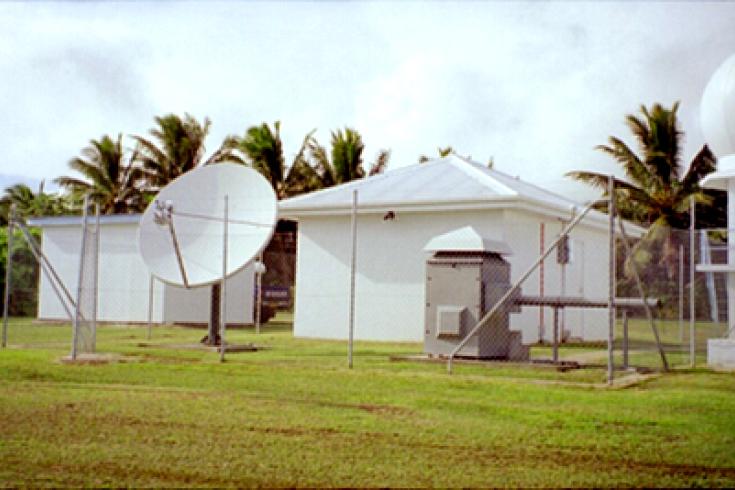
The radionuclide station RN23 is located on the premises of the local meteorological bureau.
Radionuclide Station Profile
Since data transmission started in August 2000, no major difficulties have been encountered and the satellite link has been stable for most of the time.
For security purposes, the station is entirely fenced off with all instrumentation placed in the same area. High level station management is performed by the National Radiation Laboratory (NRL) staff in Christchurch, New Zealand.
Certification, Testing and Evaluation
The certification visit in summer 2000 confirmed that RN23 stattion had been well-installed and was well-operated, the equipment having been purchased under a contract with the CTBTO's Provisional Technical Secretariat. Thus, RN23 was officially certified on 23 November 2000, only the third radionuclide station to receive certification in the planned globe-spanning network of 80-stations.
The Cook Islands also host auxiliary seismic station AS24, which is situated near radionuclide station RN23.
Learn more about Cook Islands and the CTBT.
